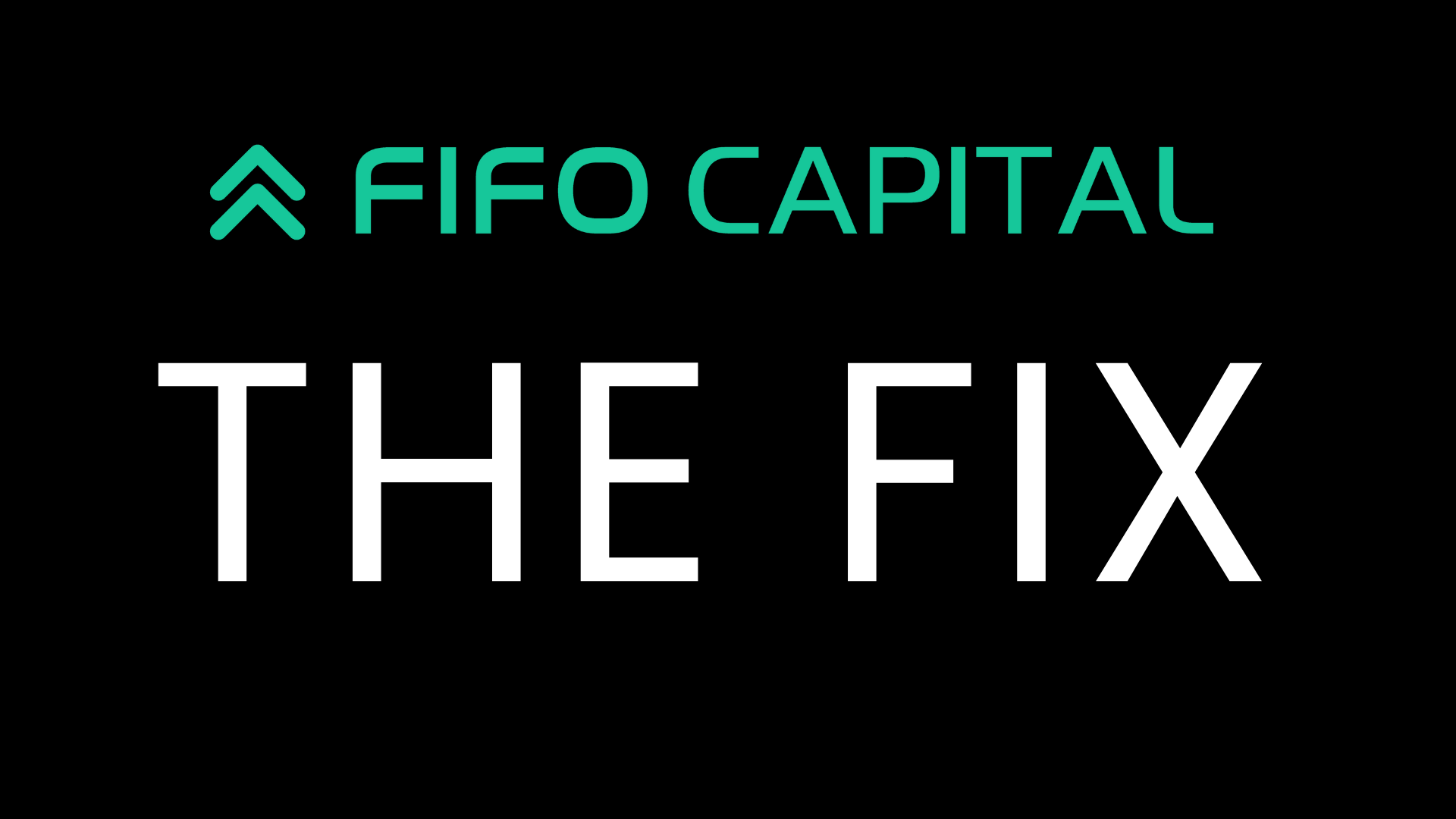2022 was nothing if not eventful. We take a snapshot at the year that was and make some predictions for what we see will be key areas of change in 2023.
A year of swing backs
The year saw ongoing uncertainty for Australian businesses, with the tailwind of the COVID-19 pandemic continuing to impact the economy and supply chains.
Add to this, natural disasters repeatedly wreaking havoc across the country. It was certainly another year that was plagued by challenges.
A new government comes to power
This year’s federal election saw Labor come into power, ending the LNP’s run from 2018-2022.
Australian voters demonstrated a stark turn away from the Coalition and the rise of the independent Teals. The 2022 election was widely reported to be won on climate change and the inaction on the issue.
Interest rates
The RBA also set about correcting the era of record-low interest rates with several, swift rate rises hitting Australia throughout the year.
This made access to finance a key challenge for many small businesses, with banks tightening lending criteria in response to the rate increases.
As a result, a number of businesses shifted their approach to finance, with more than a 10% increase in Australian businesses adopting working capital solutions as key funding mechanisms in the last year alone.
International challenges
One of the major events impacting the economy was the ongoing trade tensions between Australia and China, with exports to China declining significantly due to the Chinese government’s decision to impose tariffs on certain Australian products. This had a negative impact on the Australian mining and agricultural sectors, which are major exporters to China.
There was also a significant decline in international tourism, with travel restrictions and the decline in consumer confidence affecting the hospitality and tourism sectors. The lack of international students and tourists also had a negative impact on the education and retail sectors.
Green shoots
It wasn’t all doom and gloom in 2022. Some promising trends for the Australian economy and businesses emerged this year, too.
Continued growth in the service sector
The service sector, which includes industries such as healthcare, education, and financial services, has been a key driver of growth in the Australian economy in recent years and is expected to continue to be a major contributor to economic growth in the future.
Increased demand for technology and digital services
The COVID-19 pandemic has accelerated the adoption of technology and digital services, and this trend is expected to continue in the future as businesses increasingly rely on digital tools to reach customers and streamline operations.
Greater focus on sustainability and environmental concerns
As global concerns about climate change and sustainability continue to grow, businesses are likely to face increasing pressure to reduce their environmental impact and adopt sustainable practices.
Continued growth in e-commerce
The COVID-19 pandemic has led to a surge in online shopping, and this trend is expected to continue in the future as consumers become more comfortable with making purchases online.
Increased importance of international trade
Australia is a major trading nation and international trade is a key driver of the Australian economy. As such, businesses will likely continue to focus on expanding their reach into international markets in the coming years.
Looking at 2023+
With the last few years proving to be volatile on almost all fronts — a recovering economy that is focused on ensuring greater resilience and diversity is expected to be a recurring theme over the next few years.
Here are our predictions for areas that will impact the Australian economy in the next 1-3 years:
- Significant changes in government policies and regulations that affect businesses and industries.
The government will continue to review and update policies and regulations in order to better protect Australian businesses — and SME businesses especially. - The adoption of new technologies and innovations that disrupt traditional business models.
- The impact of global economic trends on Australian businesses, such as changes in demand for Australian exports.
- Natural disasters or other events that disrupt business operations or supply chains.
- Changes in consumer behaviour and spending patterns.
(Suffice to say, we’re not out of the woods yet.)
Interested in making your business more resilient?
Fifo Capital is a leading provider of business finance and working capital solutions. With years of experience delivering innovative products, services and tech to help businesses succeed.
If you want to see how you can diversify your funding mix, talk to our team.

Keep reading

Agriculture Business Loans: Available Solutions & How to Apply for Australian Farmers
Discover the types of agriculture business loans available in Australia, the application process, and how they can nurture the growth of your farm. Start sowing the seeds for your financial success today. Apply for an agriculture business loan with Fifo Capital.

Will the federal budget really deliver what SMEs need?
As the federal budget approaches, Treasurer Jim Chalmers has emphasised that small businesses will be “front and centre”, asserting they are integral to the Albanese government’s strategy for creating a stronger, sustainable, and more resilient economy.

The Definitive Guide to Invoice Discounting: 2023 Edition
As a business owner, managing cash flow is essential to keep your company afloat. One of the most effective ways to improve your cash flow is through invoice discounting. Invoice discounting is a financing option that allows you to borrow money against your outstanding invoices. In this guide, we will explore everything you need to […]

